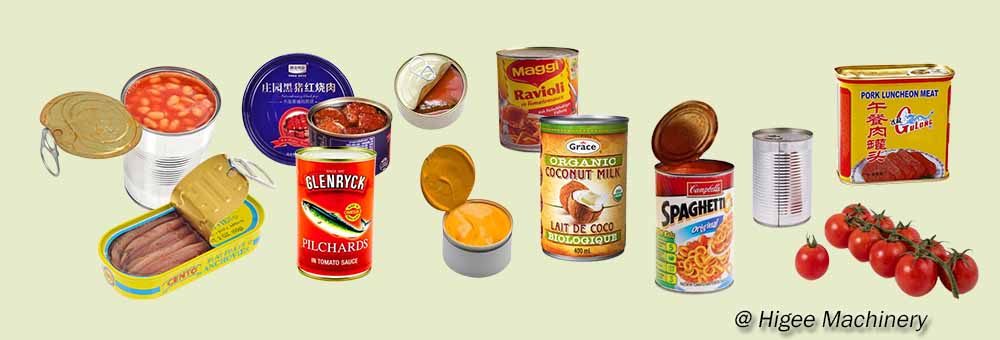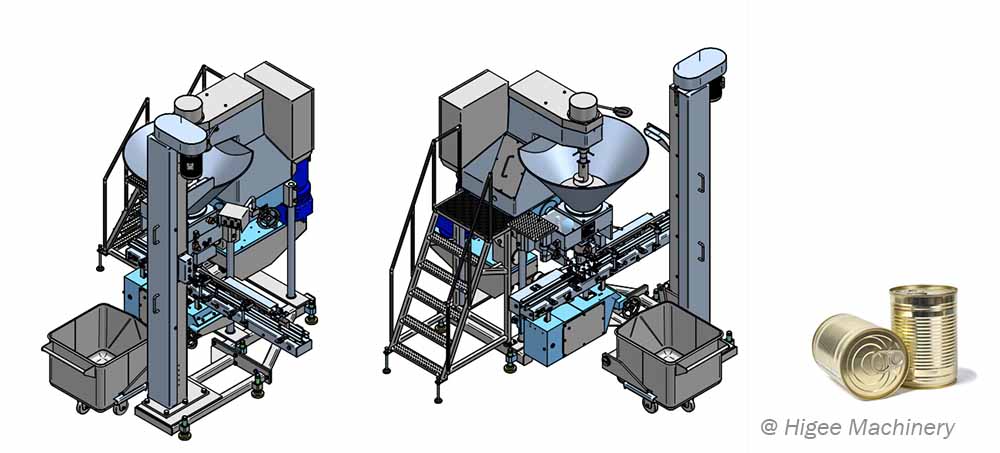Automated Excellence: The Role of Technology in Luncheon Meat Production
What is Luncheon Meat?
Luncheon meat, a staple food product made from pork, sugar, salt, water, potato starch, and a small amount of sodium nitrate, has a storied history dating back to the 1930s. The product was developed during the Great Depression, a time when economic hardship forced people to seek more affordable food options. Luncheon meat, which was cheaper than beef and pork and required no cooking before consumption, became a lifeline for many, particularly in New York City. It was a convenient, ready-to-eat meat product that played a significant role in helping Americans navigate through tough times.
The Historical Context of Luncheon Meat
The 1930s were a period of profound economic struggle in the United States. The Great Depression left millions of people unemployed and unable to afford basic necessities, including food. Luncheon meat emerged as a cost-effective solution to this problem. Made primarily from pork and chicken, and fortified with starch, spices, and sodium nitrite, luncheon meat provided essential nutrients in an affordable package. The inclusion of sodium nitrate helped preserve the meat, ensuring that it remained pink and visually appealing even after extended storage.
Luncheon Meat and World War II
Luncheon meat is often referred to as “the food that helped America win World War II.” During the war, it became a staple in the daily rations of U.S. military personnel. Its long shelf life, portability, and ease of preparation made it an ideal food for soldiers stationed in various theaters of war. As U.S. forces spread across the globe, so did luncheon meat, introducing it to new markets and making it a worldwide phenomenon. The most famous brand associated with luncheon meat is Spam, which was supplied in large quantities to the U.S. military.
Why Is It Called Luncheon Meat?
The term “luncheon meat” might seem a bit peculiar, but it makes sense when you consider its origins. “Luncheon” refers to a light meal typically eaten in the middle of the day, and luncheon meat was designed to be a convenient, ready-to-eat option for such meals. The name stuck, and over time, “luncheon meat” became synonymous with this particular type of canned meat product. Today, luncheon meat is enjoyed not just as a lunch item but also as a versatile ingredient in various dishes around the world.
The Ingredients and Production of Luncheon Meat
The main ingredients in traditional luncheon meat are pork and chicken, combined with starch, salt, spices, and sodium nitrite. The production process involves grinding the meat, mixing it with the other ingredients, and then cooking it in large batches. The mixture is then canned and sealed to ensure freshness. The result is a product with a delicate, tender texture and a savory flavor that has made it a favorite for decades.
Nutritional Value of Luncheon Meat
Luncheon meat is a good source of several important nutrients. It is rich in protein, which is essential for muscle growth and repair, and it also contains significant amounts of fat and carbohydrates, providing a substantial energy boost. In addition to macronutrients, luncheon meat is high in niacin (vitamin B3), which plays a crucial role in energy metabolism and the maintenance of healthy skin and nerves. The mineral content of luncheon meat is also noteworthy, particularly its sodium and potassium levels, which are essential for maintaining fluid balance and proper muscle function.
Health Considerations
While luncheon meat is nutritious, it is also high in sodium and fat, which can be a concern for those monitoring their intake of these substances. The sodium content, in particular, is something to watch, as excessive sodium intake is associated with an increased risk of hypertension and cardiovascular disease. However, when consumed in moderation as part of a balanced diet, luncheon meat can be a convenient and tasty source of protein and other nutrients.
The Evolution of Luncheon Meat: From Manual to Automatic Production
The production of luncheon meat has come a long way since its inception in the 1930s. Initially, the process was labor-intensive, requiring manual grinding, mixing, and canning of the meat. However, advances in technology have led to the development of automatic luncheon meat canned filling machines, which have revolutionized the industry. These machines streamline the production process, allowing for greater efficiency, consistency, and hygiene.
How Does an Automatic Luncheon Meat Canned Filling Machine Work?
Automatic luncheon meat canned filling machines are sophisticated pieces of equipment designed to handle every aspect of the production process, from meat preparation to can sealing. The process begins with the grinding of pork and chicken, which are then mixed with starch, spices, and other ingredients. The mixture is then transferred to the filling machine, where it is automatically portioned into cans. Once the cans are filled, they are sealed and cooked to ensure the meat is fully preserved and safe for consumption.
These machines are equipped with advanced features such as precise weighing systems, automated sealing mechanisms, and temperature controls, which ensure that each can of luncheon meat meets strict quality standards. The automation of the process not only improves efficiency but also reduces the risk of contamination, making the final product safer for consumers.
The Benefits of Automatic Luncheon Meat Canned Filling Machines
1. Increased Production Efficiency:
Automatic machines can produce a much larger quantity of luncheon meat in a shorter amount of time compared to manual methods. This increased efficiency helps manufacturers meet the growing demand for luncheon meat without compromising on quality.
2. Consistency and Quality Control:
The precision of automatic machines ensures that each can of luncheon meat contains the exact amount of meat and other ingredients, resulting in a consistent product. This consistency is important for maintaining the quality and taste that consumers expect.
3. Improved Hygiene:
The automation of the production process minimizes human contact with the meat, reducing the risk of contamination. This is particularly important in the food industry, where hygiene standards are critical.
4. Cost Savings:
Although the initial investment in automatic machines can be high, the long-term cost savings are significant. The machines reduce the need for manual labor and decrease waste, leading to lower production costs over time.
5. Versatility:
Modern automatic luncheon meat canned filling machines are designed to handle a variety of meat products, including luncheon meat, corned beef, meatloaf, and more. This versatility allows manufacturers to diversify their product offerings and cater to different market demands.
Applications Beyond Luncheon Meat
While these machines are primarily used for producing luncheon meat, they are also capable of filling cans with other types of meat products, such as corned beef, corned mutton, and meatloaf. This versatility makes them an invaluable tool for meat processing companies looking to expand their product lines and reach new markets.
Future Trends in Luncheon Meat Production
As consumer preferences continue to evolve, the luncheon meat industry is likely to see further innovations. For example, there is growing interest in plant-based alternatives to traditional meat products. This trend could lead to the development of plant-based luncheon meat products, which could be produced using the same automated machinery currently used for meat-based products. Additionally, advances in food preservation technology could result in luncheon meat with lower sodium content or the use of natural preservatives instead of sodium nitrite.
Conclusion
Luncheon meat has a rich history that dates back to the Great Depression, and it has played an important role in American culture and cuisine ever since. From its early days as a cost-effective solution for feeding families during tough economic times to its use as a staple food for U.S. troops during World War II, luncheon meat has proven its enduring appeal. Today, the production of luncheon meat has been greatly enhanced by the advent of automatic canned filling machines, which have made the process more efficient, consistent, and hygienic.
As the industry continues to evolve, these machines will likely play a key role in shaping the future of luncheon meat production. Whether through the development of new meat products or the incorporation of plant-based alternatives, the versatility and efficiency of automatic luncheon meat canned filling machines will ensure that this beloved food product remains a staple in households around the world.
If you are interested in learning more about automatic meat can filling machines for luncheon meat, pork, corned beef, corned mutton, meatloaf, and other meat products, please contact Higee Machinery for more information. Their state-of-the-art machinery is designed to meet the needs of modern meat processing companies, offering unparalleled efficiency, quality, and versatility.
Post time: Sep-23-2024


